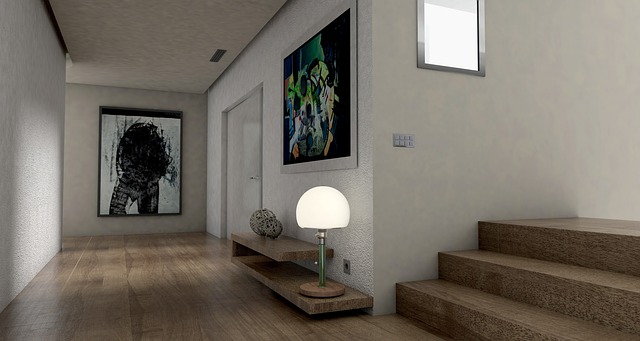In the ever-evolving landscape of technology, the term flow experience” has gained significant traction, particularly within the realms of virtual reality (VR), augmented reality (AR), and the emerging metaverse. The concept of flow, a state of heightened focus and immersion, is becoming synonymous with our interactions in these digital spaces, as they merge the real and virtual worlds in exhilarating ways.
Virtual reality transforms our perception of reality by transporting us into fully immersive environments. When donning a VR headset, users can experience sensations and emotions that feel incredibly real. The immersive nature of VR allows for a deep engagement that cultivates the flow experience; you lose track of time, your environment fades away, and your thoughts center solely on the narrative or interaction at hand. Whether it’s exploring fantastical landscapes, participating in intense sports simulations, or engaging in intricate problem-solving scenarios, VR invites us to become fully enveloped in the moment.
On the other hand, augmented reality enhances our current surroundings by overlaying digital information onto the physical world. This merging of realities not only enriches our experiences but can also lead us into a flow state, especially in gaming and educational applications. Imagine solving a complex puzzle that requires you to physically move around your environment while interacting with 3D holograms. The physical action combined with digital interaction guides you into a state of deep concentration, where your challenges and skills align perfectly, creating that coveted flow experience.
As we venture further into the metaverse, a collective virtual space that integrates aspects of both VR and AR, the opportunities for cultivating flow experiences multiply exponentially. The metaverse is not just a singular game or application; it’s a sprawling network of interconnected environments and experiences that can be customized to fit personal and communal needs. Travelers can jump from one immersive experience to another, whether they are attending virtual concerts, engaging in collaborative work environments, or navigating intricate story-driven quests. This fluidity allows users to continuously find their rhythm, enhancing the chances of tapping into flow.
As we expand our definitions and expectations of what simulation can offer, it’s clear that VR, AR, and metaverses are paving the way for new and enriching flow experiences. They transcend traditional gameplay by offering layered, multifaceted interactions that resonate with users on a deeper level. In this new era, the journey through virtual landscapes not only captivates our imagination but also enriches our daily lives, inviting us to explore, engage, and elevate our experiences in ways we never thought possible.
In navigating this stimulation landscape, we are challenged to consider how deeply these technologies can influence our perceptions and interactions. As we descend further into these digital realms, the essence of our experiences, characterized by a state of flow, has the potential to reshape our understanding of the boundaries between reality and simulation.



